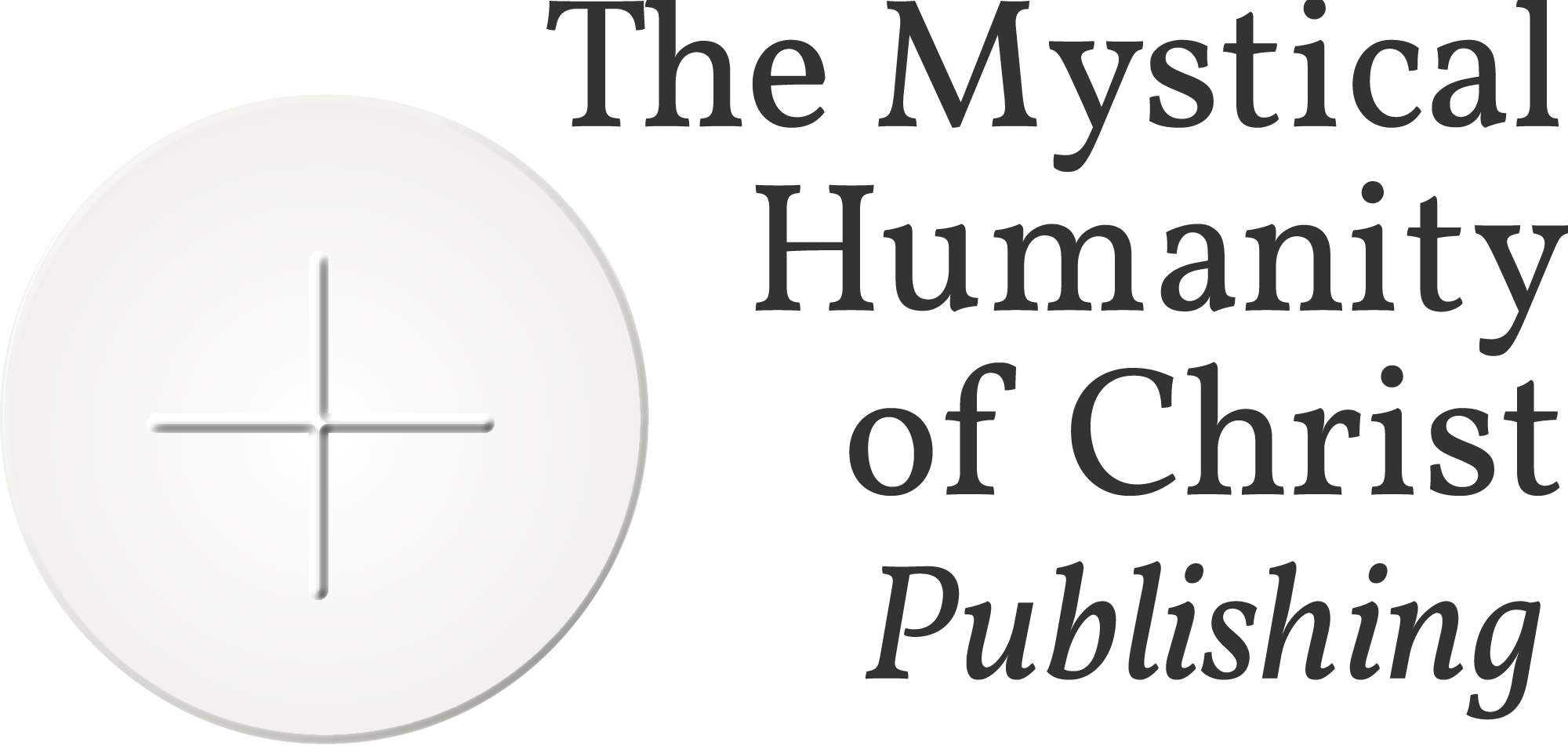
John Kubasak
St. John Henry Newman Series Part 4
St. John Henry Newman will be the newest Doctor of the Church this year, and this is the last in a series of four posts about him. Read a brief biography, about his most famous works, and about his saintly virtues.
The devotional works of St. John Henry Newman are a good capstone to this series of posts. He was one of the most famous (or infamous) people in England; his gifts for writing and preaching were considerable. What cultivated and enlivened his intellect so much was his practice of the faith. Aside from his great works of theology and philosophy, Newman’s devotional works shouldn’t be missed.
Devotion to the Blessed Virgin Mary
Newman had a great love for Our Lady. He discussed the dogma of the Immaculate Conception in his Essay on the Development of Christian Doctrine as well as his Apologia. He took up Mary’s cause again in Certain Difficulties Felt by Anglicans in Catholic Teaching, Vol. 2. Leaning on his area of expertise, Newman went back to the Church Fathers to illustrate Mary as the Second Eve. He lets the Fathers make his conclusion for him: the Immaculate Conception is not an innovation. Even though this may be more of a theological than strictly ‘spiritual’ read (as we separate those things today), we should remember that to the Church Fathers there was no such delineation.
A work that deserves special mention in this category is his reflections on the Litany of Loreto. Newman composed a short reflection for every day of the month of May. Each day takes up one of the titles of Our Lady found in the Litany of Loreto. And, Newman arranges his reflections to cover all the mysteries of the rosary—with the note that the Luminous Mysteries did not exist at the time—and the seven sorrows of Mary.
“And what can be more consoling and joyful than the wonderful promises which follow from this truth [i.e. the Incarnation], that Mary is the Mother of God—the great wonder, namely, that we become the brethren of our God; that, if we live well, and die in the grace of God, we shall all of us hereafter be taken up by our Incarnate God to that place where angels dwell…” – May 14, Mary is the ‘Mater Creatoris’, the Mother of the Creator
“Now consider that Mary loved her Divine Son with an unutterable love; and consider too she had Him all to herself for thirty years. Do we not see that, as she was full of grace before she conceived Him in her womb, she must have had a vast incomprehensible sanctity when she had lived close to God for thirty years?” – May 11, Mary is the ‘Speculum Justitiae’, the Mirror of Justice
Our Lord’s Passion
For Lent, Newman composed short reflections on the Stations of the Cross. He also wrote Twelve Meditations and Intercessions for Good Friday; Newman even noted that two more reflections could be added to make another Via Crucis. In the Twelve Meditations, he interweaves multiple themes. Intentions from the stations of the cross combine with the messianic titles from the O Antiphons at the end of Advent. A reflection is followed by a prayer; they’re suitable for any time of penance and fasting, not just on Good Friday.
“He seems to say, ‘My Cross was raised up 1800 years ago, and only for a few hours—and very few of my servants were present there—but I intend to bring millions into my Church. For their sakes then I will perpetuate my Sacrifice, that each of them may be as though they had severally been present on Calvary. I will offer Myself up day by day to the Father, that ever one of my followers may have the opportunity to offer his petitions to Him, sanctified and recommended by the all-meritorious virtue of my Passion.’” –Jesus Our Daily Sacrifice, meditation #12 from Twelve Meditations
Another composition worthy of praying through is Newman’s Litany of the Passion. It follows the pattern of a litany while walking us through the story of the Passion.
Poetry
Poetry walks the blurred boundary between the soul and the intellect. Newman wrote many verses in his day, from personal poems to spiritual; he translated many hymns of the Roman Breviary into English. Many of his poems have the character of meditative prayers, like “The Guardian Angel”, “Candlemas”, and “The Two Worlds”.
The Dream of Gerontius is Newman’s second most famous poem to “The Pillar of the Cloud” (better known as “Lead, Kindly Light”), thanks to the British composer Sir Edward Elgar. The latter set the poem to music; the orchestral and choral opus was considered by many to be Elgar’s masterpiece. It was performed for the first time in 1900 and was soon performed around the world. The lengthy poem tells the story of the death and judgment of Gerontius, a devout man. In a twist that would probably get a chuckle out of Newman, Elgar ran into resistance from the Anglican hierarchy when trying to perform it in Anglican cathedrals. The bishops objected to the overly Romish take on Purgatory.
Daily Devotions
A larger collection of his devotional work, Meditations and Devotions, contains a spiritual gold mine of many of the above works. One of the ones that I found so impactful was his “Meditations on Christian Doctrine.” The chapter on Hope in God is one that I’ve already quoted in this series, and it is worth a slow read. Newman takes different doctrines of our faith and offers a prayerful reflection on them. Here is a passage on the Holy Spirit, the Advocate:
“Thou hast led me on by ten thousand merciful providences; Thou hast brought me near to Thee in the most intimate of ways; Thou hast brought me into Thy house and chamber; Thou hast fed me with Thyself. Dost Thou not love me? really, truly, substantially, efficaciously love me, without any limitation of the word? I know it. I have an utter conviction of it. Thou art ever waiting to do me benefits, to pour upon me blessings. Thou art ever waiting for me to ask Thee to be merciful to me.”
We are blessed to live so close to the time of St. John Henry Newman. We have access to so many of his writings! Alongside his wonderful works of theology and philosophy, Newman’s devotional works are of a similar lofty quality and not to be missed.
St. John Henry Newman, pray for us!




Comments